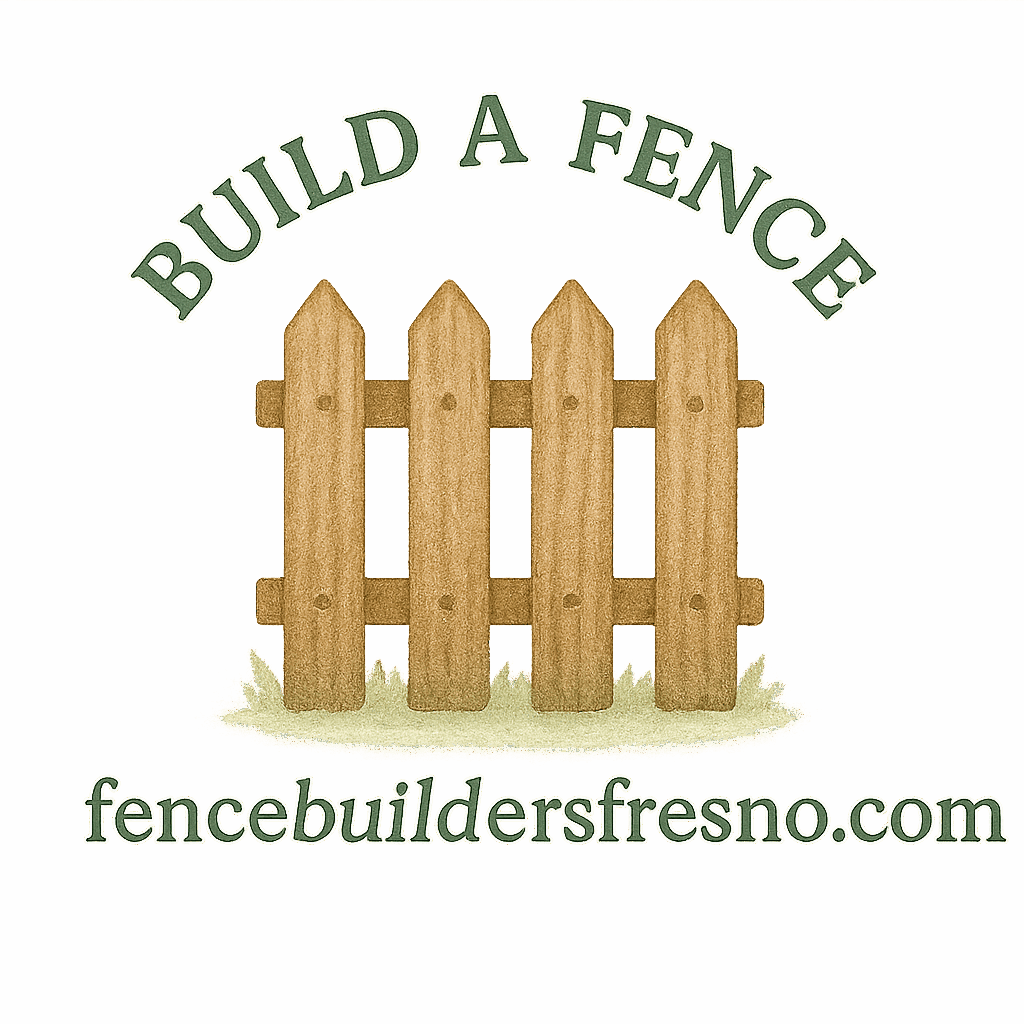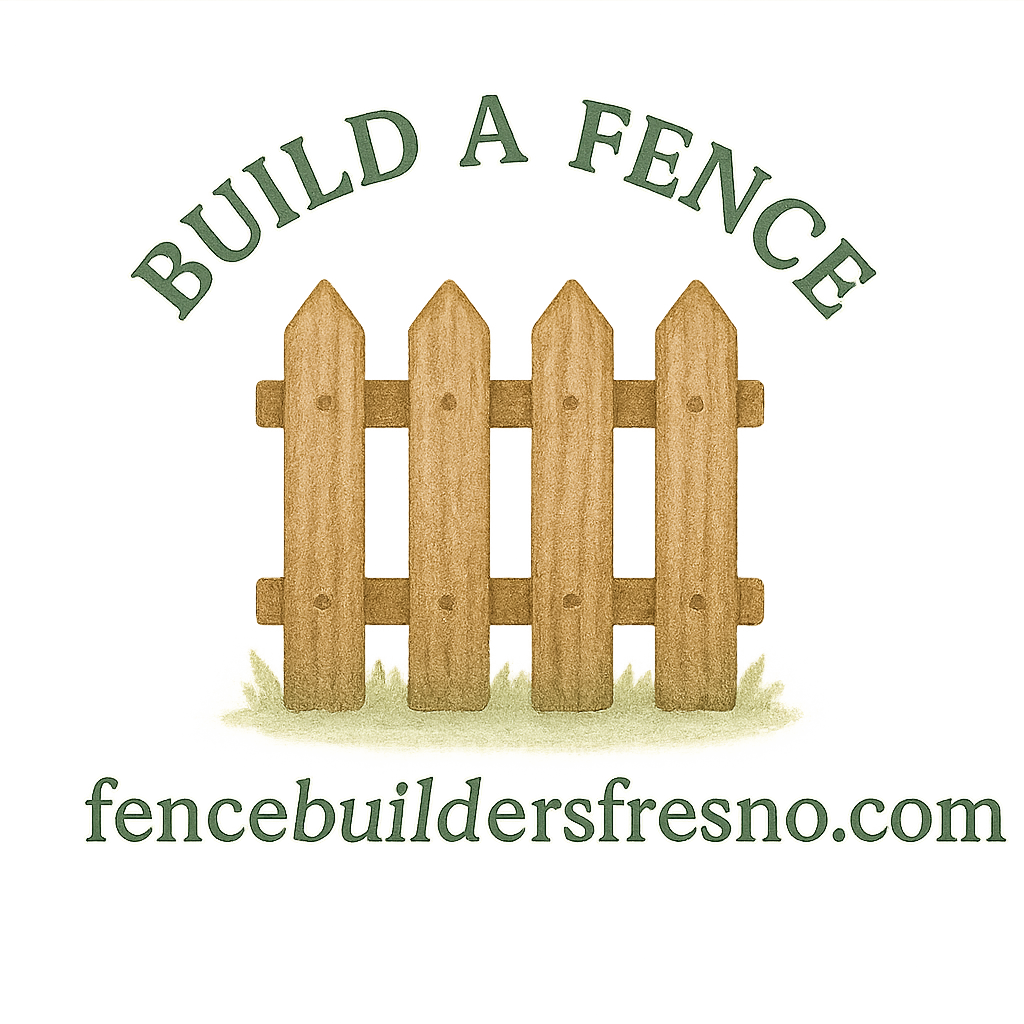Introduction: Why DIY Fencing Planning Matters
Thinking about building a fence on your own? You’re not alone. More homeowners are jumping into DIY fence installation projects to save money and create a fence that truly fits their needs. But here’s the catch—without the right planning and affordable tools, your project could quickly turn into a crooked, frustrating mess. That’s why investing in the right essentials upfront makes the whole process smoother.
If you’re just starting out, you might want to check out this guide on fence building basics, which explains the foundational steps every DIYer should know.
Understanding the Basics of DIY Fencing
Defining Your Goals Before Starting
Before you even pick up a tool, ask yourself: Why am I building this fence? Is it for privacy, security, keeping pets safe, or boosting curb appeal? The answer will guide your choice of fence design and materials. For inspiration, take a look at fence design planning.
Common Challenges in Fence Planning
DIY fencing might sound simple, but challenges can pop up—miscalculating property lines, hitting rocky soil, or ending up with leaning posts. To avoid headaches, brush up on legal property considerations before you start.
Benefits of Using the Right Tools for Fence Planning
Saving Time and Money
Affordable tools may cost less, but they save you from costly mistakes like buying too many fence panels or digging uneven post holes.
Achieving Precision and Accuracy
The right tools give your fence a professional look, just like the pros use when handling fence installation projects.

Avoiding Costly Mistakes
A few bucks on tools is a smart investment compared to the expense of fence repairs. For upkeep advice, you can always turn to fence maintenance and repair tips.
Tool #1: Measuring Tape
Why Accurate Measurement is Crucial
Every great fence begins with precise measurements. Without them, panels won’t line up with your property boundaries.
Tips for Using a Measuring Tape Effectively
Choose a tape long enough for your yard (at least 100 feet). Always measure twice. Learn more about property lines and fencing before marking.
Tool #2: Marking Spray Paint or Chalk Line
Marking Property Lines Clearly
Using spray paint or chalk ensures you stay on the right side of your property—a must to prevent fence encroachment issues.
Ensuring Straight and Accurate Layouts
Think of chalk lines as your “sketch” on the ground. It’s the blueprint that guides where each post should go.
Tool #3: Post Hole Digger
Manual vs. Power Post Hole Diggers
Manual diggers are cheaper, while power augers save time if you’re tackling a large yard.
Best Practices for Digging Fence Post Holes
Always dig deep enough—about one-third of the post height. For tips on which fence posts last longer, compare options in fence types comparisons.
Tool #4: Level
Why Levels Ensure Professional Results
A leaning fence is the fastest way to make your project look sloppy. A level keeps things straight.
Using Levels for Posts and Panels
Check each post before pouring concrete. For smoother results, pros often use laser levels, which you can rent affordably.
Tool #5: String Line and Stakes
Keeping Fence Lines Straight
This is one of the oldest tricks in the book. Stakes and string guarantee a straight fence line.
How to Set Up String Lines Properly
Stake both ends of the planned fence, pull a tight string, and use it as your installation guide. More on layout can be found in this fence guide.
Tool #6: Hammer or Nail Gun
Choosing Between Manual and Power Options
A hammer works fine for smaller jobs, but if you’re installing dozens of panels, a nail gun speeds things up.
Ensuring Secure and Lasting Fastening
Always use galvanized or coated fasteners to withstand the elements. For specific care advice, check out wood fence care if you’re working with lumber.
Tool #7: Wheelbarrow
Transporting Materials Easily
Gravel, concrete, and posts are heavy. A wheelbarrow saves both your time and your back.
Mixing Concrete for Fence Posts
Bonus: you can mix concrete right in the wheelbarrow. For fences that need less upkeep, explore low-maintenance fencing options.
Tool #8: Safety Gear
Essential Gear for DIY Fence Projects
Gloves, goggles, steel-toe boots, and ear protection are essentials—not optional extras.
Safety Tips to Prevent Injuries
Stay hydrated, pace yourself, and always be cautious around sharp tools or heavy materials. For more general tips, see these upkeep tips for fences.
Bonus Tools Worth Considering
Power Drill
Great for driving screws and making pilot holes.
Shovel and Rake
Helpful for clearing rocks, leveling soil, and smoothing gravel around posts.
DIY Fencing Planning Tips for Success
Double-Check Property Lines
Avoid future disputes by confirming your legal boundaries. Learn more about property rights and fencing.
Consider Local Regulations and Permits
Every city has different rules. Be sure to check them before you dig, as explained in legal fencing regulations.
Choosing the Right Fence Materials
From wood to vinyl, your choice affects cost and durability. If you want less hassle, explore vinyl fences.
Mistakes to Avoid in DIY Fencing Planning
Ignoring Soil Conditions
Soil affects stability. Sandy or rocky ground might require adjustments.
Skipping the Leveling Process
Even one crooked post can ruin your fence line. Always double-check with a level.
Overlooking Long-Term Maintenance
Plan for ongoing care. For inspiration, read these fence maintenance guides.
Affordable vs. Professional Tools: What’s Best for You?
When to Invest in High-Quality Tools
If you see yourself doing more than one big DIY project, splurge on durable tools.
When Budget-Friendly Tools are Enough
For a single fence project, affordable tools are perfectly fine. Renting is also a smart choice.
Conclusion
DIY fencing doesn’t have to cost a fortune. With just eight affordable tools—measuring tape, marking spray, post hole digger, level, string line, hammer, wheelbarrow, and safety gear—you can plan and build a sturdy, professional-looking fence. Add in some patience and smart planning, and your yard will have a fence that not only looks great but also lasts.
Want to dive deeper? Explore our resources on home fencing projects and get inspired to start your own build today.
FAQs
Q1: What’s the most important tool for DIY fencing planning?
The measuring tape—without accurate measurements, your fence layout falls apart.
Q2: Can I rent fencing tools instead of buying them?
Yes, many hardware stores rent post hole diggers, power drills, and levels.
Q3: How deep should fence posts go?
Generally one-third of the post height, with at least two feet underground.
Q4: What’s the cheapest DIY fencing material?
Chain-link is usually cheapest, but wood can be affordable with good fence upkeep tips.
Q5: Do I need a permit to build a fence?
Often, yes. Check your local rules or review legal property considerations.
Q6: How do I prevent my fence from leaning?
Proper post depth, concrete footing, and careful leveling.
Q7: Which fence type requires the least maintenance?
Vinyl is a great low-maintenance fencing option compared to wood.


